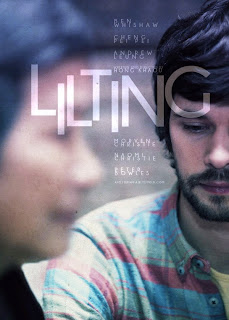In Emlyn Williams’ effective, if very old-fashioned, ‘well-made’ play, a stubbornly pragmatic, middle-aged teacher butts heads with a poor but gifted mining town lad, and guides him thru personal missteps to an Oxford scholarship test. An all but foolproof story, and yet its two high-profile adaptations are both near-misses. This 1945 version, with a padded & cosmetically aged Bette Davis, still a decade too young as teacher Miss Moffat; and George Cukor’s 1979 movie-for-tv with Kate Hepburn, all bones & a decade and a half too old. The age factor may not be a deal-breaker, but the play, a sort of gender-reversed PYGMALION affair with autobiographical Welsh accents, is so straightforward that every little detail counts. Cukor’s version also suffers from the structural defects of debuting scripter Ivan Davis (how can you fumble this storyline?), while here, director Irving Rapper can’t make peace with those artificial Warner Bros.’ soundstage exteriors. (You'll find more verisimilitude in this stage-entrance still of Ethel Barrymore’s original B’way production then in either film.)
Still, the basic pull of the story, changing the course of a young man’s life thru knowledge & the right educator, is strong enough to withstand many gaffs. The Davis vehicle now looks a far sight better than Hepburn’s, though a 1969 BBC-Play of the Month with Wendy Hiller, greatest of all Eliza Doolittles as Miss Moffat (that female Henry Higgins) sounds tempting.
DOUBLE-BILL: Find variations on this theme in SPENCER’S MOUNTAIN/’63 and EDUCATING RITA/’83.
SCREWY THOUGHT OF THE DAY: Our German poster gives some idea of the film’s content while Hollywood's steers shy of . . . everything!





























